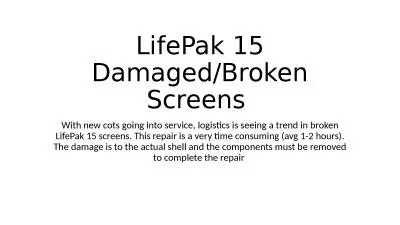PPT-02. 10. 2018. TV AND ALTERNATIVE SCREENS
Author : test | Published Date : 2019-12-07
02 10 2018 TV AND ALTERNATIVE SCREENS Study Report for MEME Content 03 Methodology 07 Demographycs 26 Ad acceptance and alternative screens 32 Para l lel activities
Presentation Embed Code
Download Presentation
Download Presentation The PPT/PDF document "02. 10. 2018. TV AND ALTERNATIVE SCREENS" is the property of its rightful owner. Permission is granted to download and print the materials on this website for personal, non-commercial use only, and to display it on your personal computer provided you do not modify the materials and that you retain all copyright notices contained in the materials. By downloading content from our website, you accept the terms of this agreement.
02. 10. 2018. TV AND ALTERNATIVE SCREENS: Transcript
Download Rules Of Document
"02. 10. 2018. TV AND ALTERNATIVE SCREENS"The content belongs to its owner. You may download and print it for personal use, without modification, and keep all copyright notices. By downloading, you agree to these terms.
Related Documents














